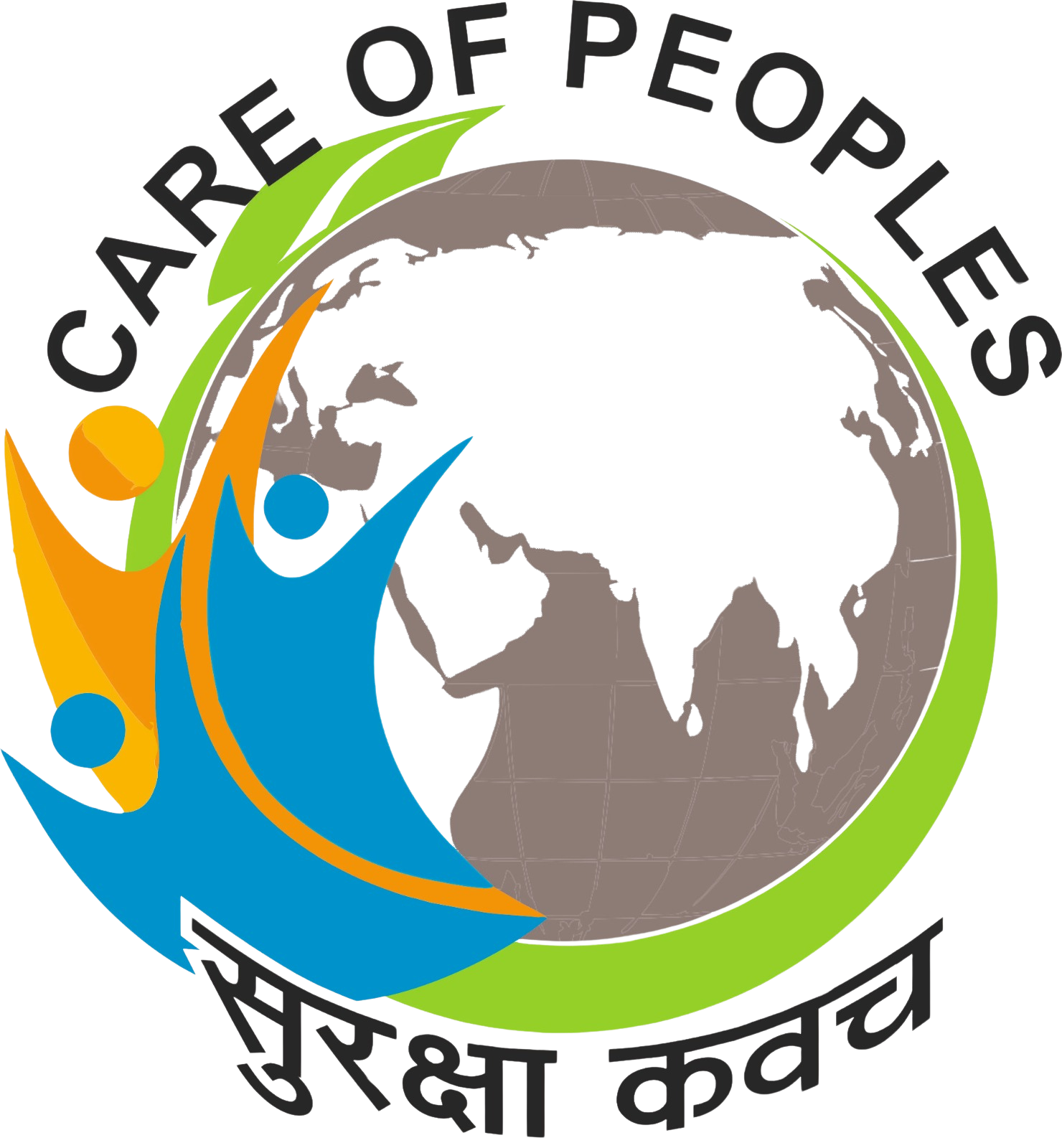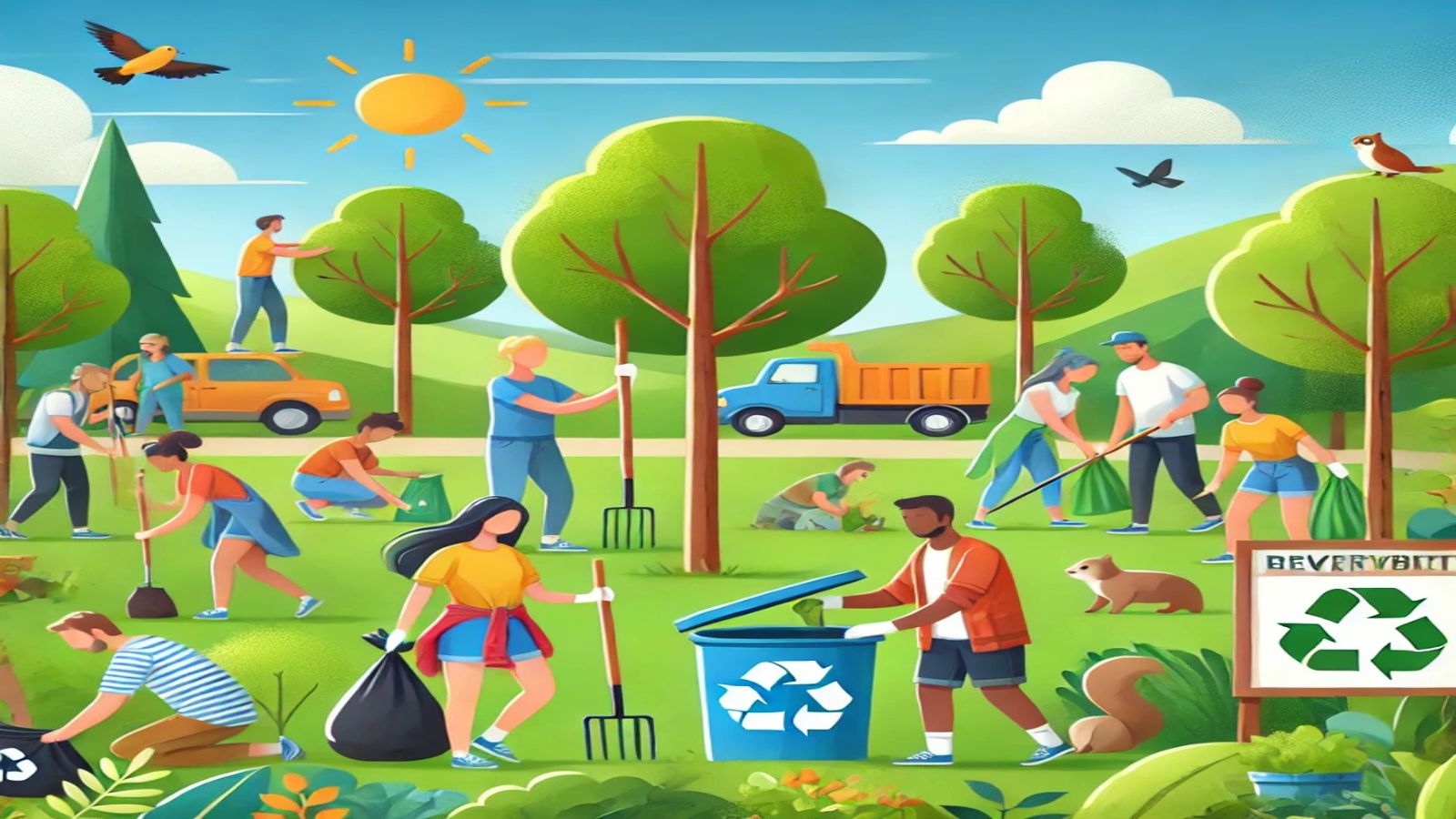Disaster relief and rehabilitation involve providing immediate and long-term support to communities affected by natural or man-made disasters, such as earthquakes, floods, hurricanes, and conflicts. Disaster relief focuses on urgent needs, including emergency shelter, medical care, food, water, and rescue operations to save lives and reduce suffering. Rehabilitation efforts are longer-term initiatives aimed at rebuilding infrastructure, restoring livelihoods, and providing psychological support to help communities recover and regain stability. Effective disaster relief and rehabilitation help communities rebuild resilience, reduce future risks, and restore normalcy, ultimately fostering a stronger, more prepared society.



